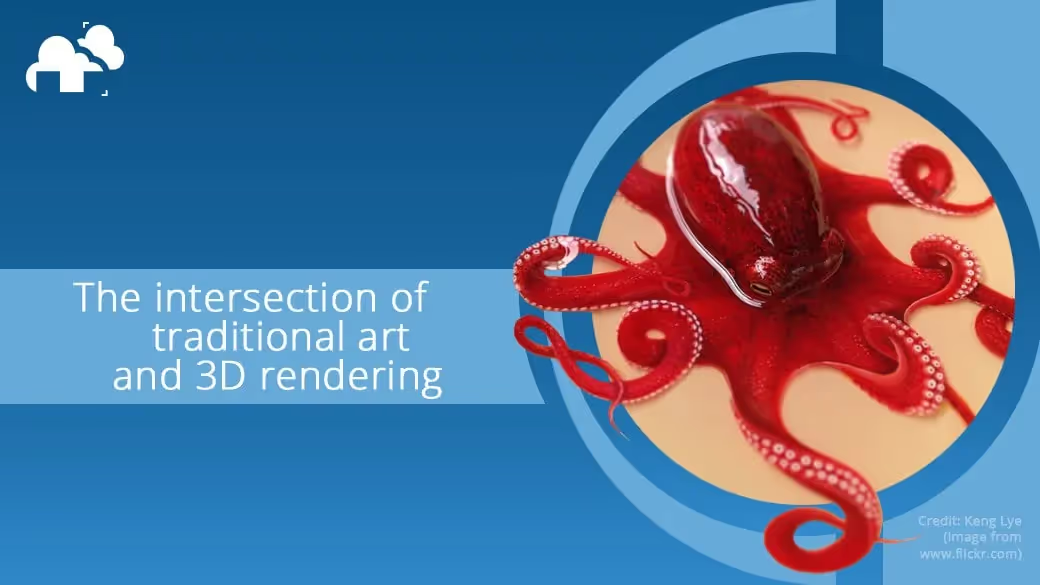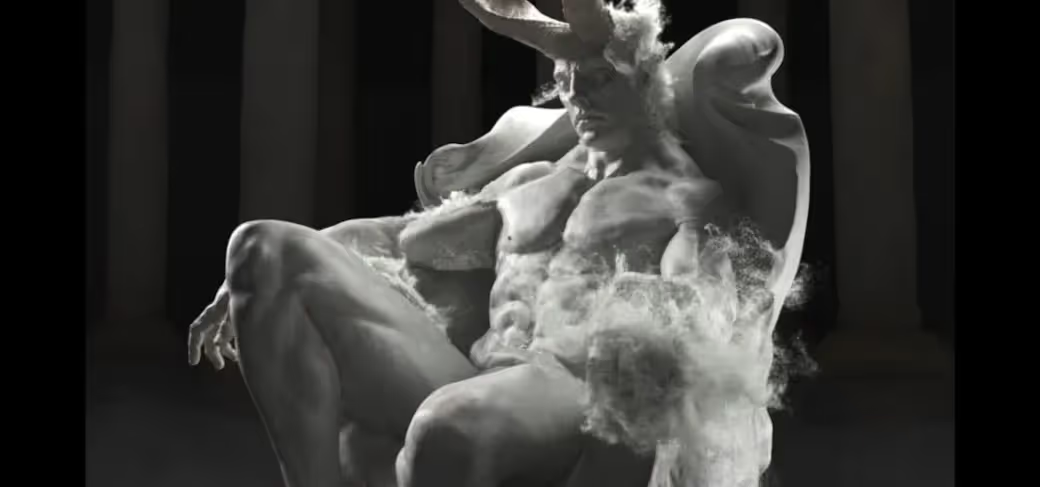
The art world is no stranger to the increasing use of 3D rendering and animation. As technology continues to advance, more artists are using digital tools and techniques to create their work. However, this doesn’t mean that traditional art techniques are becoming obsolete. In fact, many artists are finding ways to combine the two worlds to create truly unique projects.
The relationship between traditional art and 3D rendering is complex. While 3D rendering is a digital medium, it is not entirely different from traditional art. Many of the techniques used in 3D have roots in traditional art forms such as sculpture and painting. In this article, we will explore both traditional art and 3D rendering, and the benefits and challenges that come with combining them.
Furthermore, we will also look at the benefits of what a render farm service has provided to the increasing number of artists looking to take advantage of a new digital medium. Render farms can provide high-quality results with low costs and fast turnaround.

Despite being a digital medium, 3D rendering has a strong connection to physical art. Many artists who work in 3D use traditional art techniques to inform their work. For example, sculptors often use clay or plaster to create a model of their design before creating a digital version. This physical model can help them to understand the shapes, forms, and textures of their design and can inform their digital work.
A lot of theories and concepts have been developed over time in traditional art, such as color theory and composition, which are used extensively when working in 3D rendering. By using these techniques, artists can create more realistic and expressive digital art. Some even use physical materials such as oil paints, charcoal, and clay to create textures and other effects in their digital work.
Examples of artists who are incorporating traditional art techniques into their 3D work include Ryan Kingslien, who uses sculpting techniques to create detailed models for video games, and Mike Winkelmann, also known as Beeple, who often incorporates traditional art forms such as drawing and painting into his digital pieces.
The skills and techniques of traditional artists can be applied to 3D rendering in a number of ways. For example, an understanding of color theory can help artists create more realistic lighting and shading in their digital work. Similarly, knowledge of composition can help artists to create dynamic and engaging scenes in 3D.
The combination of traditional and digital techniques can also greatly benefit from the use of online render farms. For example, an artist may use traditional techniques to create a physical model of their design, which they can then scan and upload to a render farm for rendering. This can save time and effort compared to creating the entire design digitally from scratch.
There are many benefits to using both traditional and digital techniques in creating art. By combining the two, artists can create work that is more expressive, dynamic, and visually interesting. Traditional techniques can add a sense of depth and texture to digital work, while digital tools and render farms can help artists to create more complex and intricate designs.
The combination of traditional and digital techniques can also result in work that is more efficient to create. For example, an artist might use traditional techniques to create a physical model of their design, which they can then scan and use as a basis for their digital work. They can then take advantage of a render farm to handle any job. This can save time and effort compared to creating the entire design digitally from scratch.
Examples of artists who are successfully combining traditional and digital techniques in their work include Iris van Herpen, who creates stunning couture designs using 3D printing technology, and Joshua Harker, who uses traditional sculpting techniques to create intricate models that he then scans and 3D prints.

While there are many benefits to combining traditional and digital techniques, there are also a number of challenges that arise when doing so. One of the biggest challenges is maintaining a consistent style across both traditional and digital work. For example, an artist who uses traditional painting techniques to create a physical model may find it difficult to recreate the same texture and shading in their digital work.
Another challenge is integrating traditional materials into digital work. For example, an artist who wants to incorporate a piece of real wood into a 3D-printed sculpture may find it difficult to get the wood to adhere properly to the 3D-printed material, or to ensure that the wood doesn't warp or change shape during the printing process.
Technical challenges can also arise when combining traditional and digital techniques. For example, an artist who is using a 3D printer to create a sculpture may need to ensure that the digital design is optimized for printing and that the printer is properly calibrated. Similarly, an artist who is scanning a physical model may need to ensure that the scanner is properly calibrated and that the resulting digital model is accurate.
Overcoming these challenges requires a combination of technical expertise and creative problem-solving. Artists may need to experiment with different techniques and materials to find what works best for their particular project. They may also need to collaborate with other artists, technicians, or manufacturers to ensure that their work meets the necessary technical standards.
There are many examples of artists who have successfully combined traditional and digital techniques in their work. One such example is Jenny Sabin, an architect and artist who creates large-scale installations using both traditional and digital techniques. Sabin's work often incorporates hand-woven textiles, which she scans and uses as the basis for her digital designs. By combining these traditional techniques with cutting-edge digital tools, Sabin is able to create stunning and dynamic works that blur the boundaries between art, architecture, and technology.
Another example is Keng Lye, an artist who creates hyper-realistic sculptures using a combination of painting and 3D rendering techniques. Lye begins by painting a detailed scene onto a flat surface, and then uses clear resin to create layers of depth and dimensionality. He then photographs the scene from different angles and uses 3D rendering software to create a digital model. The result is a stunning and lifelike sculpture that combines the tactile qualities of traditional painting with the precision of digital tools.

The intersection of traditional art and 3D rendering is a rich and complex space that offers artists a wide range of creative possibilities. By combining traditional techniques with cutting-edge digital tools, and widely available render farms, artists can create work that is more expressive, dynamic, and visually interesting. However, this combination also comes with its own unique set of challenges, from maintaining a consistent style to integrating traditional materials into digital work.
Despite these challenges, the benefits of combining traditional and digital techniques are clear. As technology continues to advance, we can expect to see more artists exploring this intersection and pushing the boundaries of what is possible in the world of art. As artists, we should all be encouraged to explore the possibilities of combining traditional and digital techniques in our own work, and to embrace the rich and complex space that exists at the intersection of these two worlds.